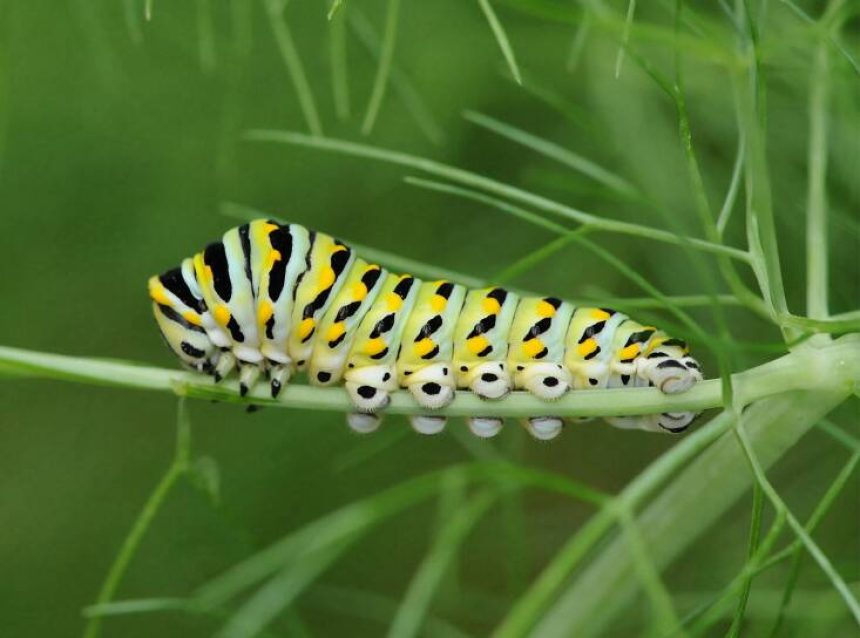When it comes to British gardens, Great Dixter is an institution. Continuously gardened since the early 20th century, the site comprises ancient managed woodland, meadows, and a few acres of ornamental gardens. Each space is maintained organically, with a particular emphasis on biodiversity and native pollinators in its meadows, where habitat piles are assembled and English orchids are encouraged to thrive. So it’s a bit surprising to learn that a biodiversity audit revealed that the most species-rich portion of the property was actually its ornamental gardens, where plenty of non-native plants are grown. That’s because a slew of nectar-rich options, along with an active garden that mimics the natural cycles of disturbance and regeneration, creates ideal conditions for a variety of birds, insects, and other wildlife.
It’s hard to say if these spaces would be nearly as rich without the surrounding wild ones, but what it does mean is that maybe we shouldn’t feel so bad about planting a rose from China or phlomis from the Mediterranean as long as we’re encouraging native habitats more broadly. At this year’s NDAL Conference, researcher Desiree Narango pointed to initiatives in places like Somerville, MA, that challenge residents to create native-ish gardens composed of 80 percent native material as the goal. It also points to the idea that in many ways it’s the how we garden, not the what we garden, that matters most.
The most important native: a keystone plant.
In Nature’s Best Hope, acclaimed naturalist and author Doug Tallamy estimates that only 10 percent of our native pollinators are generalists. That’s to say, the vast majority of insects in our environment has evolved to have a beneficial relationship with a single plant genus or species, and only a small percent will forage for food wherever it may be readily available. Looking at planting design through this lens, it’s fair to say that certain plants we see covered in all types of bees, dragonflies, and other insects, native or not, are only beneficial as long as we are also encouraging those less showy, highly specialized relationships (e.g., asclepias and monarchs). Additionally, research has shown that native woody material (read: trees and shrubs) host many, many more species of moths, bees, butterflies, and birds than their herbaceous counterparts. So before you get bent out of shape about whether you should plant New England asters instead of Anemone hupehensis for fall interest in your beds, maybe just plant an oak tree and then do whatever you want. I won’t judge you.
See also:
(Visited 1 times, 1 visits today)







